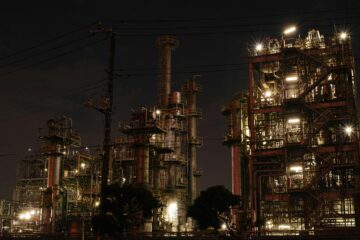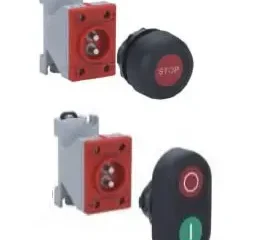Introduction In industries where safety is paramount, especially those involving hazardous environments, adhering to strict safety standards is essential. ATEX certification is one such standard that ensures equipment and protective systems are safe to use in explosive atmospheres. This blog post will explain what ATEX certification is, why it’s important, the types of products that require it, and the basics of achieving compliance.
What is ATEX Certification? ATEX stands for “Atmosphères Explosibles,” derived from the French term for explosive atmospheres. ATEX certification is a mandatory requirement within the European Union (EU) for equipment and protective systems intended for use in potentially explosive environments. These environments include areas where flammable gases, vapors, mists, or combustible dusts can form an explosive atmosphere.
The certification is governed by two directives:
- ATEX 95 (Directive 94/9/EC): This applies to manufacturers of equipment and protective systems. It sets out the requirements for the design and production of equipment to ensure it is safe for use in explosive atmospheres.
- ATEX 137 (Directive 99/92/EC): This is aimed at employers and focuses on improving the health and safety protection of workers potentially at risk from explosive atmospheres.
Why is ATEX Certification Important? ATEX certification is crucial for several reasons:
- Safety: Ensures that equipment used in hazardous areas will not cause explosions, thereby protecting lives and property.
- Compliance: It is a legal requirement within the EU. Non-compliance can lead to severe penalties, including fines and legal action.
- Market Access: ATEX certification is necessary for selling and using equipment within the EU market. Without it, businesses cannot operate legally in these environments.
- Reputation: Demonstrates a company’s commitment to safety and compliance, enhancing its reputation and trustworthiness among clients and partners.
Types of Products That Require ATEX Certification A wide range of products and equipment require ATEX certification, including:
- Electrical Equipment: Motors, switches, sensors, and lighting designed for explosive atmospheres.
- Non-electrical Equipment: Mechanical devices such as pumps, conveyors, and gearboxes that can generate sparks or heat.
- Protective Systems: Fire suppression systems, barriers, and safety devices that prevent explosions or mitigate their impact.
- Components: Parts that are essential for the safe functioning of equipment, such as seals, gaskets, and safety valves.
Basics of Achieving ATEX Compliance Achieving ATEX certification involves several key steps:
- Risk Assessment: Identify and assess the potential explosive atmospheres where the equipment will be used.
- Design and Manufacturing: Ensure the equipment is designed and manufactured to meet ATEX requirements. This includes selecting appropriate materials, implementing safety features, and ensuring robust construction.
- Testing and Verification: The equipment must undergo rigorous testing by an accredited body to ensure it meets ATEX standards. This can include explosion testing, temperature monitoring, and durability assessments.
- Documentation: Prepare comprehensive documentation, including technical files, risk assessments, and compliance reports. This documentation must demonstrate that the equipment meets ATEX requirements.
- Certification: Submit the equipment and documentation to a Notified Body, an organization authorized to conduct ATEX assessments. Upon approval, the equipment will receive ATEX certification.
- Ongoing Compliance: Maintain compliance through regular inspections, testing, and updates to equipment and processes as needed.
Conclusion ATEX certification plays a critical role in ensuring the safety of equipment used in hazardous environments. By adhering to ATEX standards, manufacturers can protect lives, comply with legal requirements, and gain access to the EU market. For businesses operating in explosive atmospheres, understanding and achieving ATEX certification is not just a regulatory necessity but a vital commitment to safety and excellence.
Atex Blog Recommends
Click link below to see a recommended range of Atex certified products that meet regulatory safety needs and are our recommended retailers.


